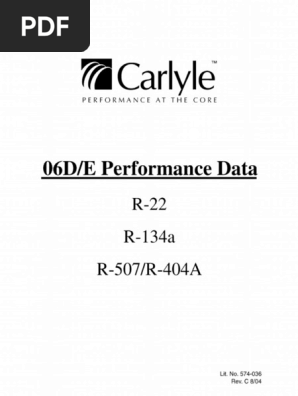0% found this document useful (0 votes)
9 views28 pagesIntroduction To Data Science L1
The document outlines the fundamentals of Data Science, including its definition, importance, processes, tools, applications, and challenges. It emphasizes the role of data in various forms and types, the scientific methods used in analysis, and the benefits of data-driven decision-making. Additionally, it highlights the future trends in data science, such as automation and ethical practices.
Uploaded by
sarahmandal2004Copyright
© © All Rights Reserved
We take content rights seriously. If you suspect this is your content, claim it here.
Available Formats
Download as PDF, TXT or read online on Scribd
0% found this document useful (0 votes)
9 views28 pagesIntroduction To Data Science L1
The document outlines the fundamentals of Data Science, including its definition, importance, processes, tools, applications, and challenges. It emphasizes the role of data in various forms and types, the scientific methods used in analysis, and the benefits of data-driven decision-making. Additionally, it highlights the future trends in data science, such as automation and ethical practices.
Uploaded by
sarahmandal2004Copyright
© © All Rights Reserved
We take content rights seriously. If you suspect this is your content, claim it here.
Available Formats
Download as PDF, TXT or read online on Scribd
/ 28
























































































